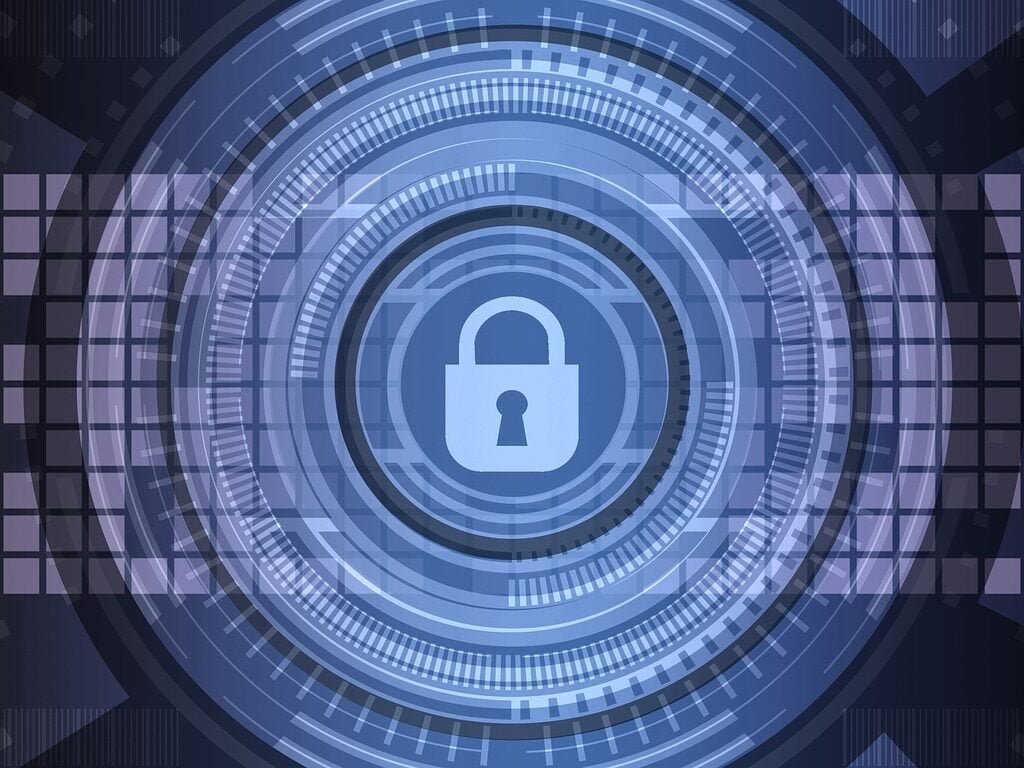In today’s interconnected world, where information is readily shared and accessed, protecting our data privacy has become more crucial than ever. With the rapid advancement of technology and the increasing reliance on digital platforms, we are faced with the challenge of balancing the convenience and benefits of data sharing with the need for safeguarding our personal information. This article explores the importance of data privacy in the age of information sharing and highlights the potential risks and measures we can take to ensure our privacy in this digital era.
Data Privacy in the Age of Information Sharing
In today’s digital age, where information is readily accessible and widely shared, data privacy has become increasingly important. The protection of personal information and the safeguarding of confidential data are paramount in maintaining privacy and security. It is crucial to understand the concept of data privacy, the challenges it faces, the regulations and frameworks in place to address these issues, best practices for data privacy protection, building consumer trust, the role of technology, and the risks and consequences of data privacy breaches.

1. The Importance of Data Privacy
1.1 Protecting Personal Information
Your personal information is valuable and should be treated with utmost care. Data privacy involves the protection of personal information such as your name, address, social security number, financial details, and any other data that can be used to identify you. Safeguarding this information is essential to prevent unauthorized access, misuse, or abuse.
1.2 Safeguarding Confidential Data
Confidential data, whether it pertains to an individual or a business, must also be protected. This includes trade secrets, proprietary information, financial records, and any other sensitive data that, if compromised, could cause significant harm to an organization or individual. Maintaining confidentiality ensures that only authorized individuals have access to such data, preventing potential leaks or breaches.
2. Understanding Data Privacy
2.1 Definition of Data Privacy
Data privacy refers to the control and protection of personal and confidential information. It encompasses various aspects such as the collection, storage, processing, and sharing of data. Data privacy ensures that individuals have the right to determine how their information is used, and organizations are responsible for handling data in a manner that respects privacy rights.
2.2 Legal and Ethical Implications
Data privacy has both legal and ethical implications. From a legal perspective, numerous regulations and frameworks govern data privacy, ensuring that organizations adhere to specific standards and practices. Ethically, data privacy is essential to respect individuals’ rights and maintain trust between organizations and their customers. Privacy breaches can result in severe consequences, both legally and reputationally.

3. Challenges of Data Privacy in the Age of Information Sharing
3.1 Proliferation of Data
In the age of information sharing, there has been an explosion in the volume of data generated and shared daily. With the growth of social media, e-commerce, and digital platforms, vast amounts of personal and confidential data are collected, stored, and analyzed. The challenge lies in managing and protecting this data to prevent breaches or unauthorized access.
3.2 Increasing Cybersecurity Threats
As technology advances, so do the methods and sophistication of cyber threats and attacks. Cybercriminals are incessantly targeting sensitive data, seeking vulnerabilities in the systems and networks that hold this information. With the increasing reliance on technology for daily activities, the risk of data breaches is higher than ever before. Organizations must stay vigilant and adopt robust cybersecurity measures to counteract these threats effectively.
4. Data Privacy Regulations and Frameworks
4.1 General Data Protection Regulation (GDPR)
The General Data Protection Regulation (GDPR) is a comprehensive data privacy regulation established by the European Union (EU). It sets forth rules and guidelines regarding the collection, processing, and sharing of personal data within the EU and impacts organizations globally. The GDPR emphasizes the protection of individuals’ rights, imposes strict penalties for non-compliance, and ensures transparency in data processing activities.
4.2 California Consumer Privacy Act (CCPA)
The California Consumer Privacy Act (CCPA) is a state-level legislation in the United States that grants California residents certain rights regarding their personal data. It gives individuals the right to know what data is being collected, who it is being shared with, and the ability to opt-out of the sale of their personal information. The CCPA requires organizations to implement specific processes and disclosures to comply with the law.
4.3 Health Insurance Portability and Accountability Act (HIPAA)
The Health Insurance Portability and Accountability Act (HIPAA) is a U.S. federal law that sets standards for the protection of sensitive health information. It applies to healthcare providers, insurance companies, and other covered entities, ensuring the privacy and security of individuals’ medical data. HIPAA mandates the implementation of safeguards, privacy practices, and breach notification requirements to protect patient information.

5. Best Practices for Data Privacy Protection
5.1 Encryption and Data Anonymization
Encryption and data anonymization are effective methods to protect data privacy. Encryption converts data into an unreadable format, making it indecipherable to unauthorized individuals. Data anonymization eliminates personally identifiable information, ensuring that even if the data is accessed, it cannot be linked back to specific individuals.
5.2 Implementing Strong Access Controls
Controlling access to data is crucial in preventing unauthorized use or disclosure. Implementing strong access controls, such as passwords, multi-factor authentication, and role-based access, ensures that only authorized individuals can access sensitive information. Regularly reviewing and updating access privileges helps maintain data privacy.
5.3 Regular Data Audits and Assessments
Regular data audits and assessments are essential to identify vulnerabilities and ensure compliance with data privacy regulations. Conducting internal and external audits helps organizations assess their data handling practices, identify gaps in security, and implement necessary measures to protect data privacy. These audits also assist in detecting any unauthorized access or potential breaches.
6. Building Consumer Trust in Data Privacy
6.1 Transparency in Data Collection and Usage
To build trust, organizations must be transparent about their data collection and usage practices. Clearly communicating how data is collected, processed, and shared helps individuals understand how their information is being used. Providing necessary disclosures and privacy policies ensures that individuals can make informed decisions regarding their data.
6.2 Providing Opt-Out Options
Respecting individuals’ preferences is crucial in maintaining data privacy. Organizations should provide clear and accessible opt-out options, allowing individuals to withdraw consent for the collection, processing, or sharing of their personal information. Providing individuals with control over their data builds trust and fosters a positive relationship between organizations and their customers.
6.3 Establishing Data Breach Response Protocols
Despite all precautions, data breaches can still occur. Establishing robust data breach response protocols helps organizations respond swiftly and effectively to minimize the impact. This includes having a well-defined incident response plan, notifying affected individuals promptly, and taking necessary measures to mitigate the breach’s consequences. Responding transparently and responsibly instills confidence that the organization takes data privacy seriously.
7. The Role of Technology in Data Privacy
7.1 Privacy-Enhancing Technologies (PETs)
Privacy-Enhancing Technologies (PETs) play a vital role in protecting data privacy. These technologies include tools and techniques designed to enhance security and privacy in data handling processes. PETs can provide secure data communication, data anonymization, access controls, and encryption, bolstering overall data privacy efforts.
7.2 Blockchain and Distributed Ledger Technology
Blockchain and Distributed Ledger Technology (DLT) have emerged as promising solutions for enhancing data privacy. These technologies enable decentralized and transparent data storage, where information is distributed across numerous nodes or computers. The use of encryption and consensus mechanisms in blockchain and DLT ensures the security and privacy of data, reducing the risk of unauthorized access or tampering.
8. Risks and Consequences of Data Privacy Breaches
8.1 Identity Theft and Financial Loss
Data privacy breaches can lead to identity theft, where personal information is used to assume someone’s identity for illicit purposes. This can result in financial loss, damaged credit scores, and significant emotional distress for the affected individuals. Stolen personal data can be sold on the dark web, making individuals vulnerable to various forms of fraud.
8.2 Reputational Damage and Loss of Customer Loyalty
Data privacy breaches can have severe reputational consequences for organizations. Negative publicity and loss of customer trust can lead to a decline in business, impacting revenue and market value. Rebuilding trust after a privacy breach can be challenging and time-consuming, highlighting the importance of proactive data privacy measures.
10. Conclusion
In the age of information sharing, data privacy is of paramount importance. Protecting personal information and safeguarding confidential data are key to maintaining privacy and security. Understanding data privacy, the challenges it faces, the regulations and frameworks in place, best practices for data privacy protection, building consumer trust, the role of technology, and the risks and consequences of data privacy breaches are essential in navigating the evolving landscape of data privacy. By prioritizing data privacy and adopting appropriate measures, organizations can safeguard sensitive information, maintain trust with consumers, and mitigate the risks associated with data breaches.




